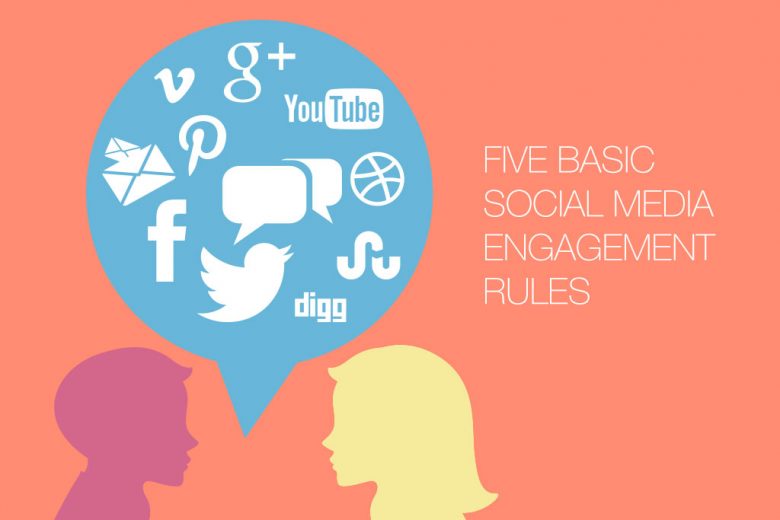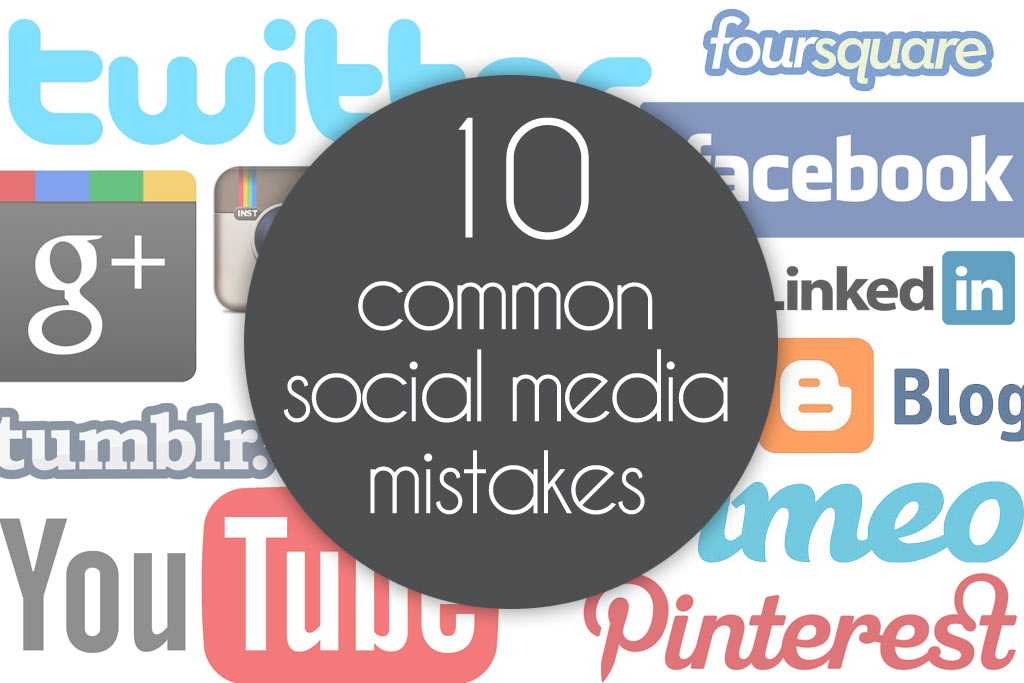Five basic social media engagement rules
Find out why self-promotion should NOT be your main priority on social media – and read five basic social media engagement rules.
In almost every industry, the way we do business has completely changed in the last 10 years thanks to the rise of social media.
The marketing potential of social media cannot be underestimated. Research has shown that:
- 93% of online shopping decisions are dependent on social media.
- Customers who engage with brands via social media spend up to 40% more.
- In the UK, 93% of SMEs use social media for growth.
Along with all of its positive qualities, social media does have its negatives. Since January 2014, there has been an eightfold increase in customer complaints made on social media, and a quarter of social media users in the UK have used the platform to air a grievance in the last four months.
Social media can be a double-edged sword for companies, especially SMEs and start-ups with little marketing budget. So, how can companies put themselves out there to reap the rewards it can offer, while ensuring they avoid the negatives?
The solution is to actively use social media to socialise, not advertise.
Using social to be social
If you still believe that social media is just another way of marketing your products and services, you need to give it a second look.
The vast majority of people using social media are on it for one reason: to socialise. You will always run the risk of seeming like an intruder when you simply push products. To be successful, you must be liked (in both the traditional and the Facebook sense).
Craft your identity
You should take time to craft an identity to maintain a consistent tone of voice across your interactions. And what hat identity is will depend on the industry you’re in, your brand qualities, and the type of people you want to attract.
You can choose to be knowledgeable, witty, cute, sophisticated, light-hearted, or a combination of different traits. Once you have decided on your image, you can plan your posts and the type of content you share accordingly.
A word of advice – don’t try too hard with your image once you’ve decided on it. Read the natural flow of followers and interactions and adapt to them by mirroring their language and behaviour. Today’s media-savvy consumers can spot something inauthentic or insincere a mile off.
Learn how to engage
Each social media platform is different, and you need to adapt your interaction depending on the platform. For example, with Twitter’s limited character count it may be wise to move to Twitter direct messages or email if you are dealing with an issue that’s quite complex.
Facebook, meanwhile, has a much longer character count. So if you see the conversation heading in a positive direction, you can continue the interaction there.
Five basic social media engagement rules
Here are five basic engagement rules that can be followed for all social platforms.
1) Never be offensive
This should be obvious, but it’s worth mentioning. If you think that something risky is funny or relevant, many others won’t. Even though you are behind a keyboard, you should always bear in mind that it’s real people you’re interacting with.
2) Be exciting
One of the biggest killers of a social media presence is boring content. Even if you are in a dry industry, try to think outside the box and write things that you’d personally be interested in and excited to engage with.
3) Don’t be negative
People get sick of negativity really quickly. Even if you think you have the scathing wit of Oscar Wilde, it’s always best to keep things positive.
There’s no harm in occasionally complaining about trivial things your audience might relate to, but always keep your business in a positive light. Obviously, this includes never badmouthing your clients, customers or competitors!
4) Don’t endlessly push your product
We suggest the rule of thirds, or ‘ask, tell, sell’. This means spending a third of your time asking relevant questions, a third offering interesting information and a third selling your product.
This should ensure that you’re there to provide for your followers, offer help if they need it, reply to questions quickly and listen to what they have to say, as well as do the promotional side of things.
5) Don’t be afraid to get personal
The link between business and consumer has never been more personal thanks to social media. You can use this to portray a brand image and start conversations.
Regularly engaging with your staff members’ accounts, including them in photographs and acknowledging them when something has gone right is a great way for social media users to see that you’re all real people and to show what an accessible, close-knit group you are.
Adding a personal side to your social content is a great way to increase engagement. People react much more positively to individual touches rather than faceless corporations and robotic answers.
Get with the times!
Social media is unlike any other marketing platform that has come before. The potential reach of SMEs and start-ups is now magnified and, when used correctly, social media can bring so many opportunities. You will inevitably face some blips but, if you plan accordingly, the benefits will pay off.
Always remember that social media is a conversation. Appealing to the conversational side of social media is a new way to market.
If done right, it can work wonders for your brand and customer loyalty. So offer your followers information, advice or laughter for following you – make your presence something that you know people will want to be a part of.
Lonn Landis is a studio manager at the PR and creative agency Peppermint Soda.










